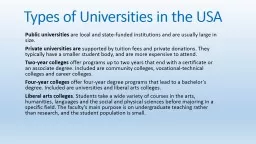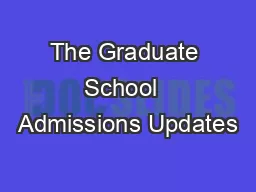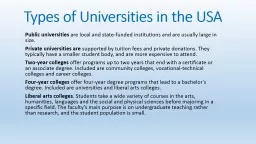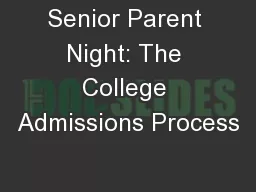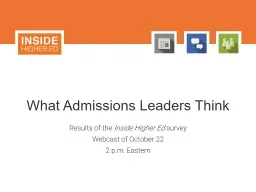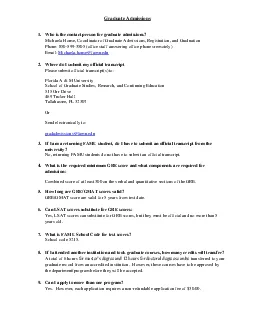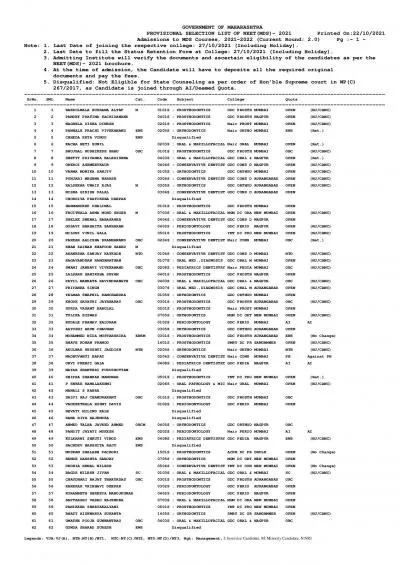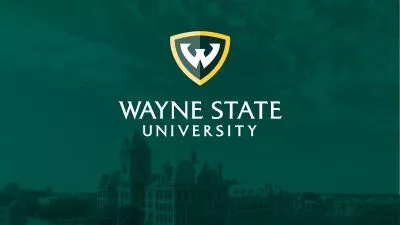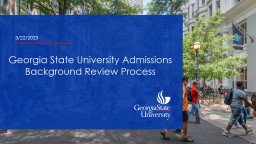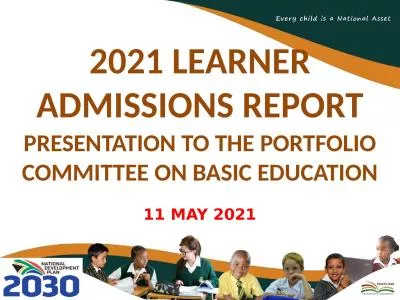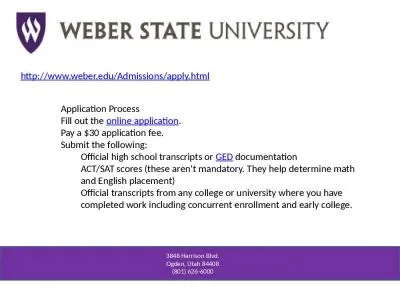PPT-Admissions Case Studies
Author : briana-ranney | Published Date : 2017-04-02
Chestnut West July 15 2016 1115am1230pm Session Panelists Kirk Brennan University of Southern California Director of Undergraduate Admission JoBeth Brudner
Presentation Embed Code
Download Presentation
Download Presentation The PPT/PDF document "Admissions Case Studies" is the property of its rightful owner. Permission is granted to download and print the materials on this website for personal, non-commercial use only, and to display it on your personal computer provided you do not modify the materials and that you retain all copyright notices contained in the materials. By downloading content from our website, you accept the terms of this agreement.
Admissions Case Studies: Transcript
Download Rules Of Document
"Admissions Case Studies"The content belongs to its owner. You may download and print it for personal use, without modification, and keep all copyright notices. By downloading, you agree to these terms.
Related Documents

